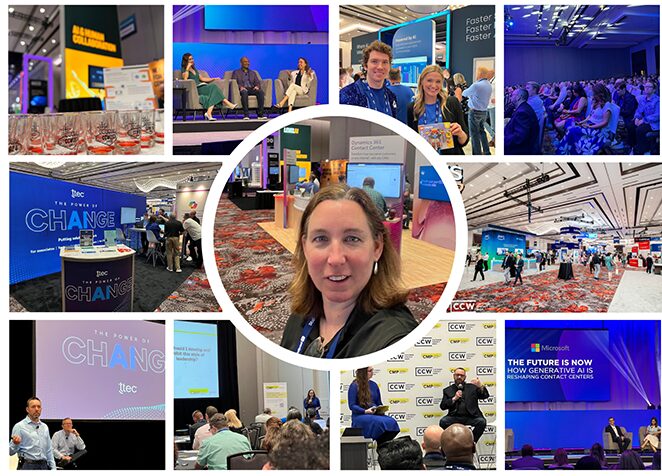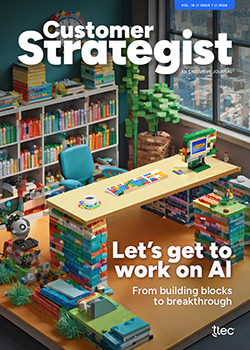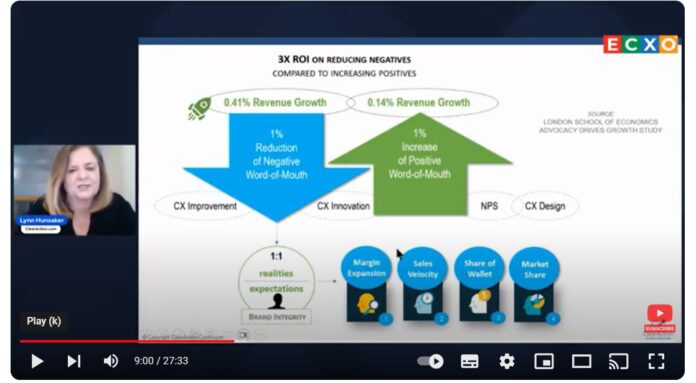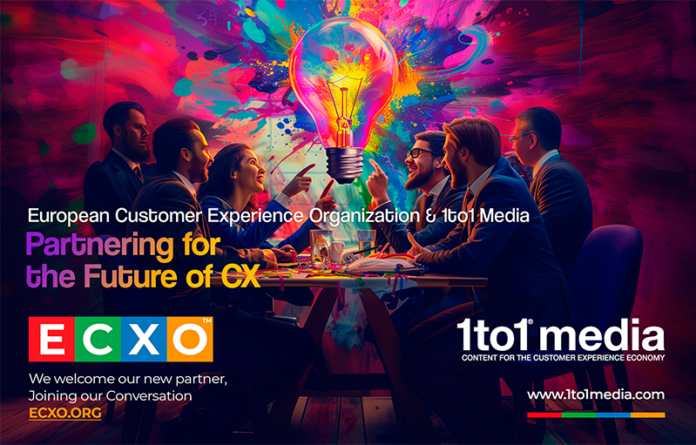By Ricardo Saltz Gulko
This article is published through a partnership with the European CX Organisation (ECXO). Read the original here.
Introduction
The Net Promoter Score (NPS) has long been a widely used metric for assessing customer loyalty, satisfaction, and the potential for customer churn as a relationship and transactional metric. Despite its widespread use across various industries, NPS has come under scrutiny for not providing a holistic view of the customer experience. This article examines the critiques of NPS, its performance in different business contexts, and emerging global trends in customer feedback strategies. By adopting a multifaceted approach, organizations can gain a thorough understanding of customer sentiment, leading to better decision-making and enhanced customer satisfaction.
The Inadequacies of NPS
NPS is centered on a single question: “How likely are you to recommend us?” This provides a limited and momentary glimpse into customer sentiment. Gartner predicts that over 75% of organizations will move away from using NPS as a primary metric for customer service and support by 2025. The simplicity of NPS fails to capture the complexities of customer relationships and experiences, which are vital for improving satisfaction. Companies like Toyota and Samsung in Asian markets have found that while NPS gives a quick snapshot, it doesn’t delve deeply into changing customer expectations and perceptions. A more continuous and longitudinal approach is needed to truly understand customer behavior and preferences.
The Broader Critique of Singular Metrics
The issue with NPS is not unique. In various fields, relying on a single metric can lead to incomplete conclusions. In customer experience (CX), metrics like CSAT and CES face similar limitations. In accounting, metrics such as Net Operating Profit need additional context to be meaningful. In healthcare, a single heart rate measurement is insufficient without considering other factors like activity level. No single metric can provide a complete picture; a combination of metrics is necessary for a true understanding.
The Need for Comprehensive Metrics in B2B and B2C Contexts
In B2C environments, where interactions are more transactional, NPS can be a useful indicator of customer advocacy. Companies like Unilever and Siemens use NPS to assess consumer sentiment and identify product improvement areas. However, in B2B settings, characterized by complex decision-making and long-term relationships, NPS often falls short. Sony and LG in South Korea exemplify the difficulties of applying NPS in contexts that require sustained service excellence and relationship management. A comprehensive approach that integrates multiple feedback sources, including Voice of the Customer (VOC) metrics, data analytics, and AI, is essential for a complete understanding.
Global Adoption of NPS and Its Limitations
Despite its limitations, many global companies like Alibaba and SAP continue to use NPS within broader customer experience strategies. These companies complement NPS with qualitative insights and additional metrics to create a complete picture. Platforms like Medallia support NPS implementation across diverse markets, emphasizing the need for localized customer feedback approaches. Metrics such as CSAT, CES, and others are most valuable when integrated into broader strategies.
The Impact of Data Analytics, AI, and Real-Time Feedback
Advancements in data analytics and real-time feedback mechanisms are transforming how companies gather and use customer insights. Companies like Rakuten and L’Oréal leverage AI-driven analytics to monitor sentiment across digital platforms, enabling proactive responses. This approach challenges the retrospective nature of NPS surveys, offering immediate insights that inform strategic decisions and enhance satisfaction. AI can mitigate survey biases by covering all customers and using operational data to generate insights, facilitating communication within the company.
Diverse Metrics for Holistic Customer Insights
To achieve a comprehensive understanding of customer sentiment, organizations are adopting various metrics alongside NPS:
- Customer Effort Score (CES): Measures the ease of interaction and issue resolution.
- Customer Satisfaction (CSAT): Evaluates satisfaction with specific interactions.
- Customer Lifetime Value (CLV): Estimates long-term revenue potential from a customer.
- Revenue Growth: Tracks growth attributed to customer experience initiatives.
- Customer Retention Rate (CRR): Measures the ability to retain customers over time.
- Return on Investment (ROI): Calculates profitability from specific CX investments.
Proactive and Predictive Insights
Traditional NPS feedback often reflects past interactions, which may lose relevance over time. Real-time insights and predictive analytics allow businesses to shift from reactive to proactive strategies. Effective leadership requires leveraging real-time service data and AI to understand the customer journey and sentiment upfront. This data-driven approach moves beyond instinctual responses to dynamic customer sentiments, ensuring satisfaction before and after interactions.
Implementing Effective Customer Feedback Strategies
To utilize these metrics effectively, companies must define clear metrics, data sources, scorecards, and KPIs aligned with strategic goals. This ensures a comprehensive evaluation of customer experience efforts, fostering continuous improvement. Companies like Tencent and Nestlé exemplify the integration of diverse metrics to drive customer-centric strategies and enhance relationships.
Building a Customer-Centric Culture
Creating a 360-degree feedback system involves:
- Multi-Channel Feedback Collection: Capturing diverse perspectives across touchpoints.
- Segmentation and Personalization: Tailoring feedback mechanisms to different customer segments.
- Continuous Feedback Loop: Establishing real-time responses to customer issues.
- CRM Integration: Correlating feedback with customer profiles for deeper insights.
- Advanced Analytics and AI: Analyzing large volumes of feedback data.
- Cross-Functional Collaboration: Ensuring feedback insights drive strategic decisions.
- Clear Metrics and KPIs: Aligning metrics with business objectives.
- Cultural and Regional Sensitivity: Making feedback methods relevant across diverse bases.
- Customer-Centric Culture: Valuing and acting on feedback at all levels.
Conclusion
While NPS remains valuable, its limitations are evident. The rise of advanced analytics and real-time feedback offers a transformative opportunity to move beyond NPS. By embracing a diverse range of metrics and technologies like AI, businesses can gain a nuanced understanding of customer sentiment. This holistic approach enables proactive decision-making, anticipates customer needs, and delivers personalized experiences. Integrating qualitative insights with quantitative metrics provides a deeper exploration of customer motivations and behaviours. Evolving NPS into a broader feedback strategy is essential for thriving in dynamic markets. By leveraging advanced technologies and diverse metrics, organizations can unlock deeper insights, foster meaningful relationships, and lead in customer experience excellence.















